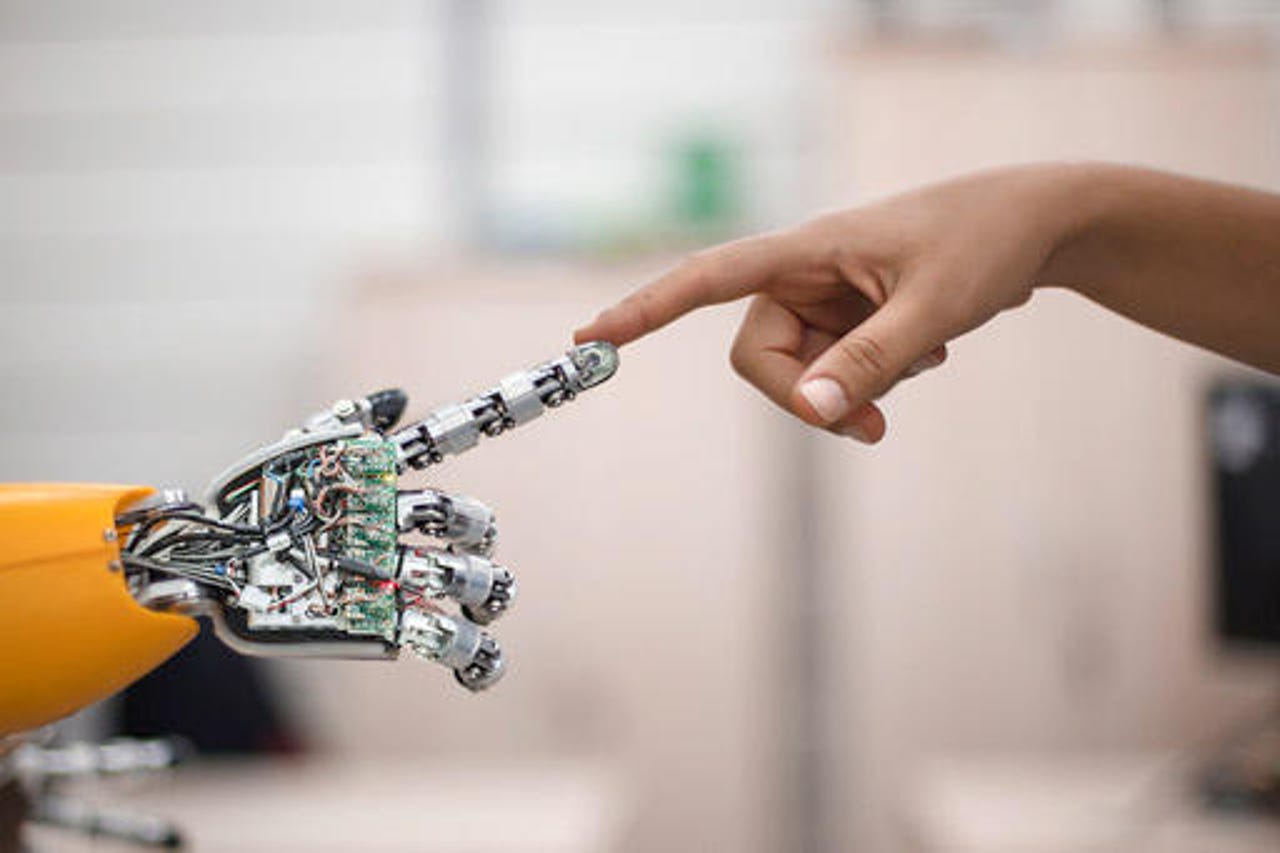Want a hybrid workforce? The trick is getting humans and machines speaking to each other


A stealth company is trying to solve one of the oddest interoperability problems of the modern era: How do you get robots and non-engineers talking to each other? Founded by the former Director of Robotics for Google, the company, Formant, is making its first public bow thanks to a recently-announced $6 million in funding from SignalFire.
Formant's pitch is straightforward, and it illustrates the peculiar problem of automation in 2019: Robots perform a lot of tasks in industries like logistics and manufacturing, but those industries still rely on humans for crucial decisions robots can't yet make. Getting robots and humans communicating in real time to facilitate that decision-making has been tricky and usually requires an intermediary in the form of an engineer.
Also: Software teaches robots to respect ownership
As Formant puts it in some materials they shared with ZDNet:
Global demand for robots is expected to exceed $77 billion by 2022, nearly doubling since 2017. As these tools begin to perform tasks across industries, there comes a growing need for humans and robots to work collaboratively, even when they are not physically in the same work environment. This new paradigm, known as the distributed hybrid workforce, is growing exponentially along with the monumental quantity of data these machines produce. Today when businesses introduce robotic or autonomous fleets, the biggest obstacle that they face is managing the new flood of robot data and leveraging it to enable more informed decisions.
Formant is hoping to be the go-to "flexible cloud infrastructure for companies who work with automated fleets." If that language rings a little nostalgic to IT pros who have been fielding pitches for cloud architecture for at least the past five years, that should tell you where we are in the robotics adoption curve. Namely, the market for the technology is mature enough that the fight is now over optimizing user experience and streamlining integration and operations. The market for hardware is becoming saturated, or at least is too competitive for all but established players to get ahead.
"We founded Formant to answer the biggest problem that faces automation today: robots produce too much information, in disparate forms that cannot be viewed simultaneously," said Jeff Linnell, founder, and CEO of Formant and a robotics insider with deep industry connections.
A good example of the current problem would be an autonomous digger on a construction site. If the digger encounters an obstacle, it's programmed to stop. That's because the obstacle could be something mundane, like a boulder, or something dangerous, like a gas main. It'll then be up to a human to determine whether the robot can safely proceed.
But doing that requires the human worker to interpret data from the robot, and right now that means bringing in a specialist who "speaks robot." Likely that's not the person on-site who will make the call to keep digging or not, which is a glaring operations inefficiency.
Also: How will guide dogs react to service robots?
Formant's idea is to unify communications across a variety of roles, including non-engineer roles, with a cloud platform capable of analyzing data from distributed robot fleets in the simplest presentation possible.
The company's roster is heavy with robotics talent plucked from companies like Google, Savioke, and now-defunct Redwood Robotics. Linnell previously founded Bot & Dolly, which created the robotics interfaces that allowed for the floating scenes in the Academy Award-winning movie Gravity.